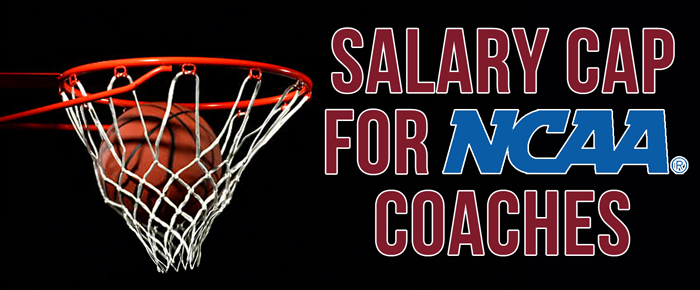
By Flint Wheeler
Coaches who win big deserve big dollars, even millions. Some of the winningest coaches are raking in more revenue for the school than it costs to keep them around. But without any order to the chaos nationwide, the number of employee furloughs in English departments might rise as rapidly as the coaching dollars.
If President Barack Obama aims to reduce the salaries of CEOs during this economic crisis, aren’t coaches essentially CEOs of their own enterprise?
The excuse about salaries is always market value, but the NCAA can define market value by creating its own market. Picture this salary-cap option: Only the top coaches, Nick Saban or Urban Meyer types, would be eligible for the max deal of, say, $3.75 million. This scale would bring the top paid coaches down and the bottom coaches up – thus leveling the playing field.
The rest of the coaches filter into a pay scale depending on experience, wins, bowl games or whatever criteria.
First Bowl Championship Series bowl? Welcome to the $1.5-million club. At least schools might save a couple-hundred thousand in the process.
Even some marquee coaching names recognize that the economy calls for desperation. Michigan State’s Mark Dantonio agrees about a salary cap, and he makes $3 million per year. He could probably make more with a 10-win season in 2016.
“I think [a salary cap] is good for society,” Dantonio said. “I’m just one of those people.”
Michigan’s Jim Harbaugh will make almost $9 million this year with incentives and ‘gives’ from healthy alum, the He is now the top of the college footbal economic food chain just ahead of Alabama’s Nick Saban at $7 Million. Yet Harbaugh sees the bloated salaries of assistant coaches in recent years as, strangely, a healthy way to deflate head-coaching ego.
The SEC and other conferences are pouring new money from TV deals into assistant coaching, handicapping the smaller universities who can’t compete. But even if the numbers make universities cringe, the habit of sharing wealth could filter into other areas of the game.
“I think there was an imbalance, and this will help a little bit,” Coach Harbaugh said.
The same people who remember when a loaf of bread was $0.20 might wonder why an athletic program such as UCLA — a public not-for-profit university — pays Jim Mora $3.5 million per year.
Just know that there are still coaches out there who don’t think greed is good. A salary cap might be a start for them.
“If you look at morale of the country and possibly what’s best, I’m not sure we’re in alignment right now,” said BYU Coach Kalani Kitake, who makes $1.5 Million per year after more than 20 games the last two years.
Compare his full time head football coaching salary for a winning organization that you never hear getting in trouble or being investigated for NCAA violations to that of the assistant coaching salaries for the big 3, Michigan, Ohio State, and Alabama, which combined total a whopping $14 Million to pay assistants. In big time college football, the separation between the have and have nots is steadily widening. This will only hurt the big boys as they run out of consistent competitive competition thus eventually lowering the cable rights for entire season packages. Attention must be paid to this troubling financial separation, if not, it’ the law of diminishing returns for the product of college football as a whole.












































